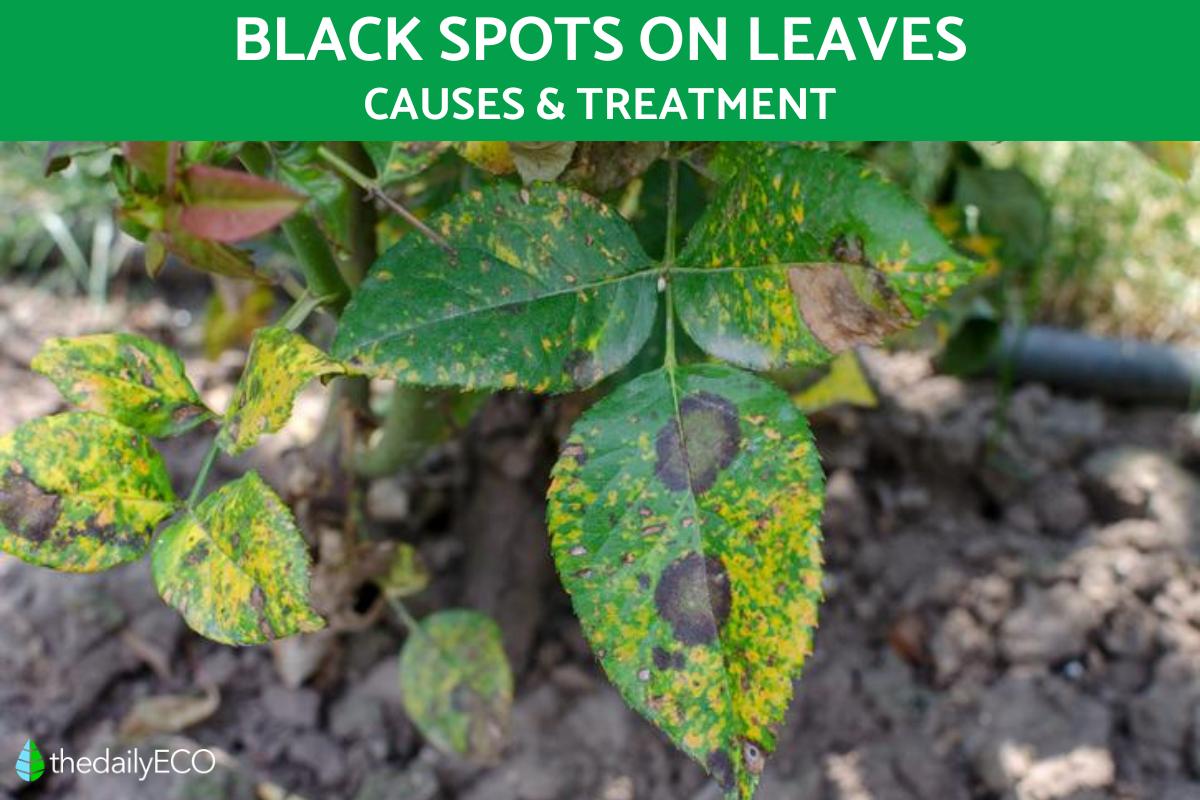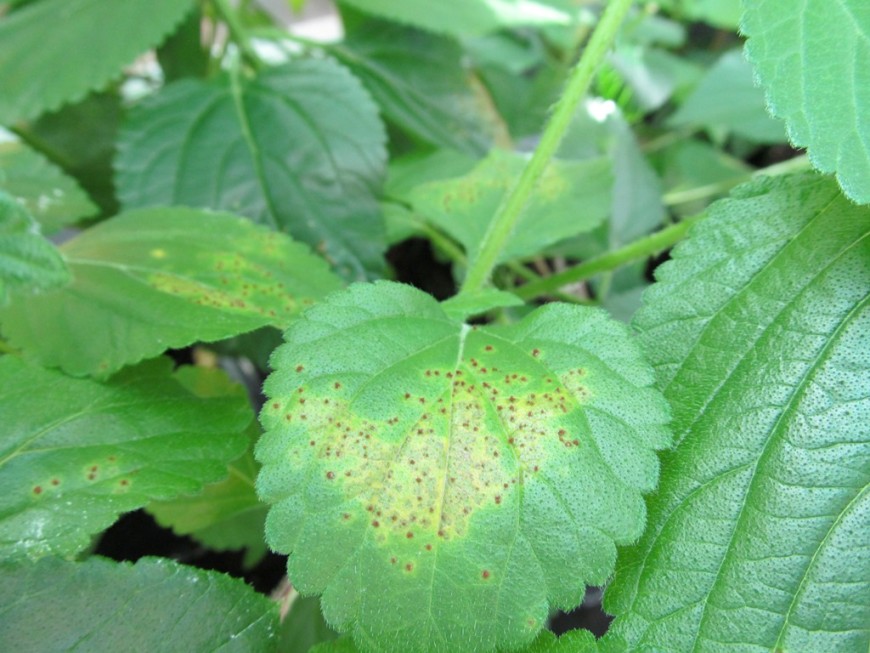Lantana is a beloved plant in many gardens, known for its vibrant colors and ability to attract butterflies. However, when you notice black spots on lantana leaves, it can be alarming for any gardener. This post will delve deep into the causes, implications, and treatments for those pesky black spots, ensuring that your lantana remains healthy and vibrant. 🌼
Understanding Lantana and Its Growth Conditions
Lantana (Lantana camara) is a perennial flowering plant native to tropical regions of the Americas. It thrives in full sun and well-drained soil, making it a favorite for gardeners looking to attract pollinators. However, like all plants, lantanas are susceptible to various diseases and pests. Understanding the conditions that promote healthy growth can help prevent issues like black spots on leaves.
Ideal Growth Conditions for Lantana
To ensure your lantana flourishes, here are some essential growth conditions:
| Condition | Ideal Requirement |
|---|---|
| Sunlight | Full sun (6-8 hours daily) |
| Soil Type | Well-drained, sandy or loamy soil |
| Watering | Moderate; allow soil to dry between watering |
| Fertilization | Balanced fertilizer every 4-6 weeks during the growing season |
Identifying Black Spots on Lantana Leaves
Black spots on lantana leaves can be indicative of several issues. It’s crucial to identify the type of spots before taking any corrective measures. Here are some characteristics:
- Small and Round: These spots may indicate fungal infections.
- Irregular and Larger: Often associated with more severe issues, like pest infestations.
- Yellowing Around Spots: This can be a sign of nutrient deficiency or environmental stress.
Common Causes of Black Spots
Understanding the underlying causes of black spots can help in effective treatment. Here are some common reasons:
1. Fungal Infections
Fungi thrive in moist conditions and can lead to a variety of leaf spot diseases. Fungal infections often present as dark spots and can spread quickly if not treated promptly. Common fungi affecting lantana include:
- Alternaria spp: Causes dark brown or black spots with yellow halos.
- Cercospora spp: Characterized by dark spots that can cause leaf drop.
2. Bacterial Leaf Spot
Bacterial leaf spot can also manifest as dark spots on leaves. It often results from excessive moisture, poor air circulation, or injury to the plant.
3. Nutrient Deficiencies
A lack of essential nutrients, especially nitrogen and potassium, can lead to symptoms that mimic fungal diseases. Leaves may develop dark spots as they struggle to photosynthesize.
4. Pest Infestation
Pests like aphids and spider mites can cause damage that appears as black spots. They weaken the plant by sucking sap, leading to discoloration and stress.
Important Note: Regularly inspecting your plants can help catch issues early before they escalate.
How to Treat Black Spots on Lantana Leaves
Once you’ve identified the cause of the black spots, it’s time to take action. Here are effective treatments based on the underlying issues:
Treating Fungal Infections
For fungal infections, consider these steps:
- Prune Affected Areas: Remove infected leaves to prevent the spread.
- Improve Air Circulation: Space your lantanas adequately to promote airflow.
- Fungicide Application: Use a suitable fungicide to control the spread. Ensure it’s labeled safe for lantanas.
Addressing Bacterial Leaf Spot

For bacterial infections, treatment options include:
- Remove Infected Leaves: Similar to fungal infections, cutting away affected foliage is crucial.
- Use Antibiotics: In some cases, applying a bactericide may help manage the infection.
Correcting Nutrient Deficiencies
If you suspect nutrient deficiencies, consider the following:
- Soil Test: Conduct a soil test to determine nutrient levels.
- Fertilization: Apply a balanced fertilizer according to test results and plant needs.
Controlling Pests
For pest infestations, you can take these steps:
- Insecticidal Soap: This is an effective way to eliminate soft-bodied insects.
- Neem Oil: A natural pesticide that is effective against a wide range of pests.
Preventive Measures for Lantana Health
Preventing black spots on your lantana is just as important as treating them. Here are some strategies to keep your plants healthy and thriving:
Proper Watering Techniques
Over-watering can lead to fungal diseases, so ensure your lantana is watered correctly. Water at the base of the plant and avoid wetting the leaves, particularly during humid conditions.
Regular Pruning
Pruning helps improve air circulation and reduce the risk of diseases. Trim away dead or diseased foliage regularly. 🌿
Soil Health Maintenance
Ensuring that your soil is healthy will promote strong plant growth. You can enrich your soil with organic matter such as compost, which can enhance nutrient availability and water retention.
Use of Mulch
Applying mulch around your lantana can help retain moisture, regulate soil temperature, and reduce weed competition. However, ensure the mulch does not touch the plant stems to avoid rot.
Monitoring Your Lantana’s Health: Black Spots On Lantana Leaves
Regular monitoring is key to catching issues before they become severe. Here’s how you can keep an eye on your lantana:
Visual Inspections, Black Spots On Lantana Leaves
Make it a habit to inspect your plants weekly. Look for discoloration, spots, or unusual leaf drop. The sooner you identify a problem, the easier it will be to treat.
Environment Monitoring

Pay attention to environmental conditions such as humidity, rainfall, and temperature. Sudden changes can stress plants and make them more susceptible to diseases.
Important Note: Keeping a gardening journal can help you track any changes in your plants’ health and growth patterns.
When to Seek Professional Help
If black spots persist despite your best efforts, it may be time to consult a professional. Here are signs that you should seek help:
- Widespread Infection: If the black spots are spreading rapidly across multiple plants.
- Severe Leaf Drop: If your lantana is losing leaves significantly, it might indicate a more serious issue.
Garden centers and local extension offices can provide valuable advice and may suggest specific treatments tailored to your conditions.
Final Thoughts on Lantana Care
Caring for lantana can be rewarding as they bring beauty and life to your garden. By understanding the causes of black spots on lantana leaves and implementing effective treatment and preventive measures, you can maintain healthy, vibrant plants. Remember, a proactive approach is always better than a reactive one, so keep an eye on your lantana and enjoy the bounty of your efforts! 🌺
